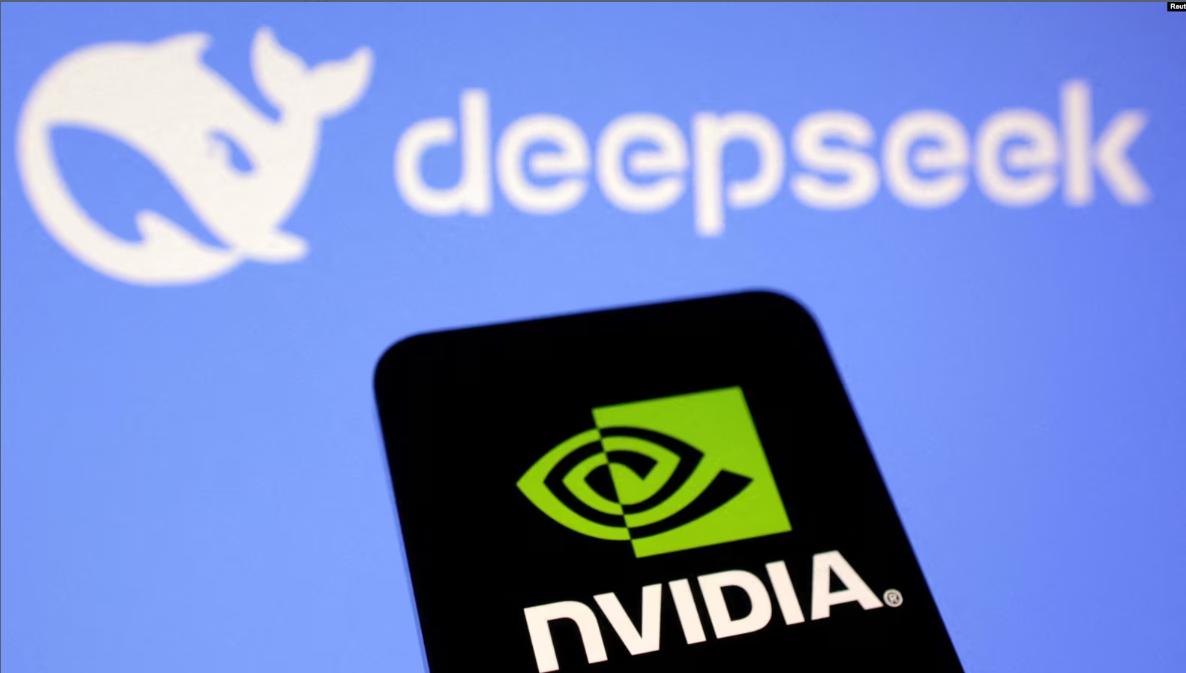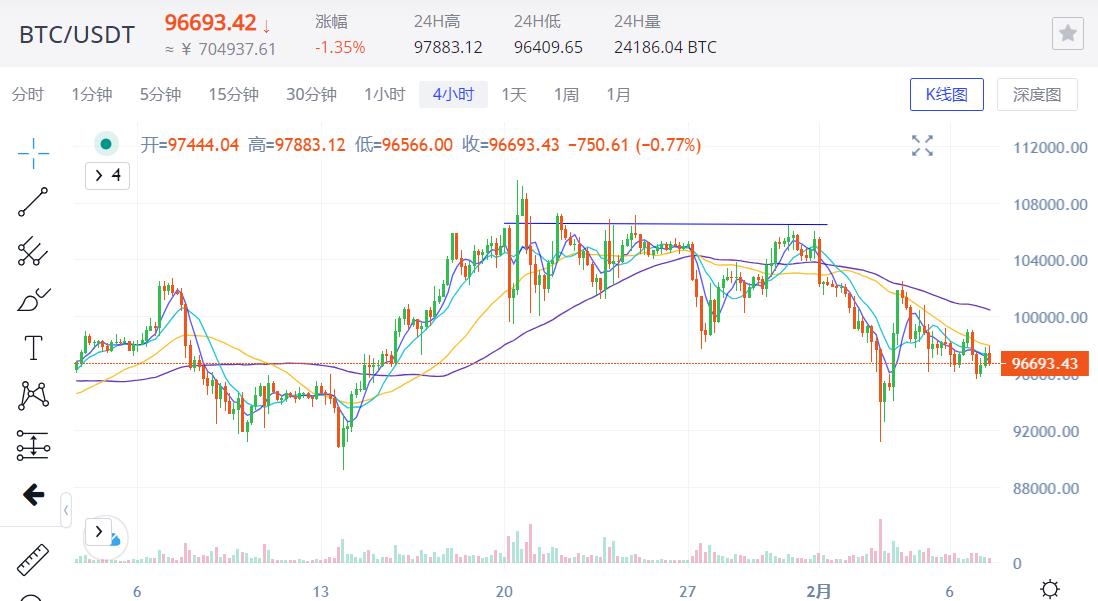The crypto market has been extremely volatile recently. Compared with the previous market crash caused by DeepSeek, which recovered the losses the next day and returned to the level before the decline, the market rebound momentum this time has become weaker. Bitcoin continues to fall further and further away from the $100,000 mark. Investors' confidence has begun to waver, and market sentiment has become increasingly sluggish. Is this the "last drop" or the "beginning of a bear market"? What should investors do?
The storm behind the market shock
Looking back at the reasons for the massive bloodbath in the global cryptocurrency market, the main reason was that Trump announced a 25% tariff on Mexican and Canadian imports and a 10% tariff on China, and the relevant countries also vowed to take retaliatory actions. The market was worried that the trade war would drag down the global economy and raise inflation, causing the Federal Reserve to raise interest rates again. Investors withdrew from risky assets, causing cryptocurrencies to plunge across the board.

On the other hand, the Congress of El Salvador, which has always been the most supportive of Bitcoin, quietly cancelled the status of Bitcoin as legal tender as a condition for the International Monetary Fund (IMF) to approve a $1.4 billion loan to El Salvador. This negative news also exacerbated the decline and triggered more selling pressure.
However, the market also had a brief respite after the plunge. With the United States and Mexico reaching a temporary agreement to suspend the imposition of tariffs, market concerns have been alleviated to a certain extent, pushing Bitcoin to rebound quickly above $102,000. Just when the market believed that the market would continue to sprint, the situation took a sharp turn for the worse. Bitcoin once again lost the $100,000 mark, and continued to fluctuate downward in the following days. The rebound momentum became smaller and smaller, and it never reached $100,000 again, hovering around $97,000 overall. Ethereum and altcoins are also far from their previous prices.
The market is not afraid of bad news, but of uncertain news
More than a week ago, DeepSeek brought great shock to the global market, causing severe damage to the market. However, after the sharp drop, it rebounded quickly. The resilience it showed strengthened the market's bullish confidence, and even began to look forward to the Spring Festival market that has been fulfilled for many consecutive years. However, this time, Bitcoin failed to recover the decline, and market confidence was extremely weak.
The fundamental reason behind this is that the capital market is often not afraid of certain bad news, but more afraid of uncertain news. DeepSeek hit the market hard, and the subsequent reversal is more like predictable bad news even if it is bad news. The incident has already happened, and although it has had an adverse impact on the valuation of technology giants, this is predictable and assessable. On the other hand, this can also enable many companies to use less computing power to train models, which will help the promotion and development of AI in the long run.

In the current market situation, whether it is cryptocurrency regulatory policies or Bitcoin national reserves, they are still in the discussion period of the underlying framework, and the action will not be too fast. In the short term, there is only one core influencing factor - Trump's tariff policy. Will the existing chaotic confrontation intensify, new confrontations increase, or release various reconciliation signals? This is a state of great uncertainty. The impact of different tariff results on the US economy is still unknown, which makes the Fed's next move unpredictable.
In addition, from a technical perspective, after Bitcoin hit a record high of $109,000, it has repeatedly tried to break through the nearby price level but failed, and the risk of a short-term correction has increased significantly. Just as Bitcoin rebounded around $70,000 from late July to early August last year and then quickly fell back, multiple failures to hit a certain high point often indicate that there may be greater downward pressure in the future.

Control your position, cash is king, find certainty in uncertainty
In the long run, there is no doubt that we are still in a bull market - institutions are still buying Bitcoin, Trump's crypto-friendly policies and Bitcoin national reserves have made substantial progress, and technically, multiple BTC escape indicators have not appeared. However, in the short term, risk factors are accumulating rapidly, the market has become more fragile, and any subsequent disturbances may cause market fluctuations beyond expectations, and the market has become increasingly difficult to operate.
In this case, risk management and asset allocation are particularly important. In the short term, controlling positions, setting stop-loss strategies, or directly choosing cash is king are effective means of avoiding risks. Specifically for ordinary investors, the situation is unclear, blind operations are worse than temporary avoidance, and cash is king is the best choice.
At the same time, you may consider turning your attention to more stable products and finding certainty in uncertainty. For example, 4E Financial Management provides financial products with an annualized yield of up to 5.5% on USDT, which can be combined with regular deposits at will. The funds are not idle, and you can wait for market changes and invest flexibly.
Trump's tariff policy and the responses of corresponding countries dominate the current market trend. No matter what the result is, the market will eventually seek a new balance point. Stay calm, be mentally prepared, do not be swayed by short-term market fluctuations, and look at market changes with a long-term investment perspective.











